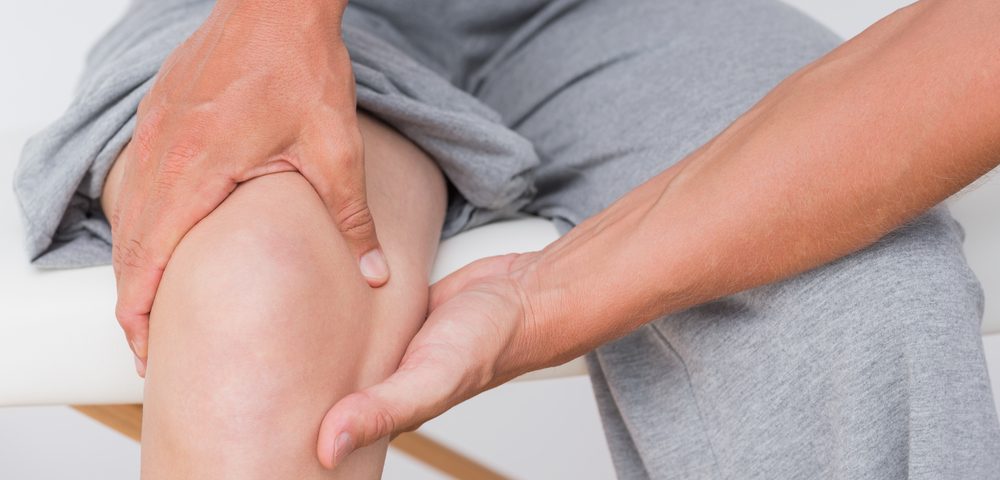Spasticity Scales May Not Reflect Sativex Benefits in MS Patients, Study Suggests
Written by |

Sativex (nabiximols) eases spasticity-associated symptoms in multiple sclerosis (MS) patients, including those with no significant improvements in a validated spasticity scale, according to a large study from Italy.
The findings support previous studies suggesting that spasticity scales may not be enough to evaluate patients’ responses to Sativex and to reflect the therapy’s overall benefits beyond spasticity itself.
Future controlled studies are needed to confirm these potential benefits in patients considered to be unresponsive to Sativex, based on changes in a spasticity scale.
The study, “Effects of THC/CBD oromucosal spray on spasticity-related symptoms in people with multiple sclerosis: results from a retrospective multicenter study,” was published in the journal Neurological Sciences.
Spasticity is a common MS symptom, causing muscles to feel stiff and heavy, and making movement difficult. In MS, spasticity is directly or indirectly associated, in varying severity, with a number of other symptoms, including cramps and nocturnal spasms, jerking movements, pain, bladder problems, and/or sleep disorders.
Studies suggest that the severity of spasticity directly correlates with MS patients’ well-being and overall quality of life. Despite the existence of first-line anti-spastic medications, some MS patients are resistant to them.
Sativex, developed and commercialized by GW Pharmaceuticals, is approved in the European Union and other regions as an add-on therapy for adult MS patients with moderate-to-severe spasticity resistant to first-line anti-spastic treatments.
Sativex is an oromucosal (mouth) spray that combines two of the most common types of active components in the cannabis plant — tetrahydrocannabinol (THC) and cannabidiol (CBD).
Increasing evidence suggests that Sativex benefits go beyond pure spasticity, potentially due to its actions in several neuronal pathways and cells throughout the body.
The 0–10 spasticity Numerical Rating Scale (NRS), a validated self-reported measure of spasticity severity in MS patients, is used frequently to assess treatment responses in terms of spasticity.
In the case of Sativex, if patients do not show at least a 20% improvement in NRS scores after one month of treatment (trial period), they are considered non-responders and are no longer allowed to continue treatment.
However, the NRS does not consider other symptoms occurring simultaneously and potentially influencing the perception of spasticity in MS patients.
Researchers set out to evaluate the effects of Sativex in spasticity-related symptoms in a large group of MS patients by retrospectively analyzing the data from the Italian multicenter Sativex (SA.FE.) study.
SA.FE. was an observational, clinical-setting study evaluating the effectiveness and tolerability of Sativex in 1,615 MS patients recruited at 30 Italian MS speciality centers.
Reductions in spasticity-associated symptoms were assessed through an interview at the end of the trial period (one month of treatment), in which patients were asked to indicate whether there was a meaningful reduction in six spasticity-related symptoms. These included spasms/cramps, jerking movements, sleep disturbances, urinary dysfunctions, pain, and depressed mood.
The NRS was used to measure spasticity severity and identify Sativex responders (those with at least a 20% improvement in the NRS score).
Results showed that among the 1,432 patients completing one month of treatment, 1,010 (70.5%) were classified as Sativex responders and 422 (29.5%) as non-responders.
Amelioration in at least one spasticity-related symptom was reported by 627 (43.8%) patients, with 543 (86.6%) of them being Sativex responders and 84 (13.4%) being non-responders. Cramps/nocturnal spasms were the most commonly reported eased spasticity-related symptom (27.9%), followed by bladder disorders (12.1%), and pain (11.5%).
Most (43.8%) of these 627 patients reported reductions in two of the evaluated spasticity-related symptoms, followed by those indicating decrease in three (22.8%), more than three (20.2%), and in only one of the symptoms (13.1%).
Looking at the number of spasticity-related symptoms lessened with Sativex, the team found no significant differences between the number of responders and non-responders, except for the group reporting ease in more than three symptoms, in which there was a twofold higher proportion of Sativex responders.
Further analysis showed that having a progressive form of MS (primary progressive MS or secondary progressive MS) or a higher NRS score at treatment initiation (baseline) increased the likelihood of reporting reductions in spasticity-related symptoms after one month of Sativex treatment.
“Our study confirmed that the therapeutic benefit of cannabinoids may extend beyond spasticity, improving spasticity-related symptoms even in non-NRS responder patients,” the researchers wrote, adding that this “highlights the inability of NRS to catch all the facets of MS spasticity.”
The data also emphasized “the need of new and more comprehensive multifactorial tools evaluating [Sativex] treatment response, that take into account the wide variability of MS spasticity, its associated symptoms, and even their impact on patients’ quality of life and health perception,” the researchers added.





